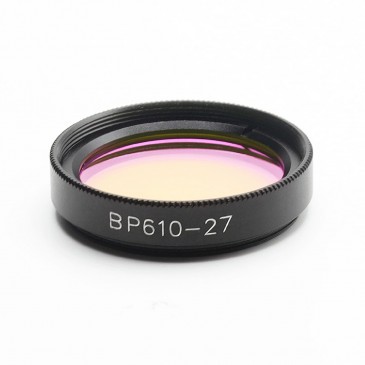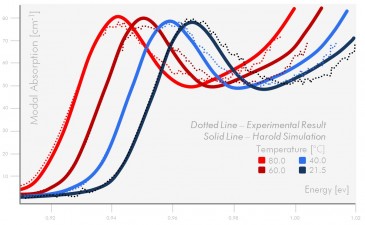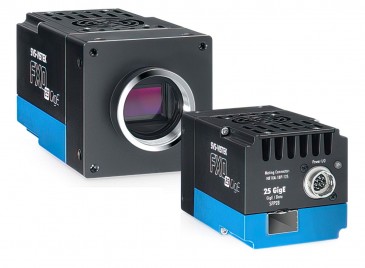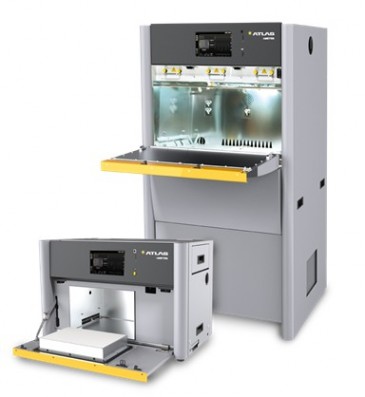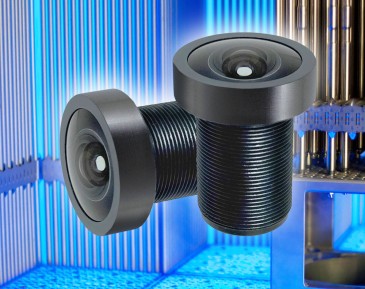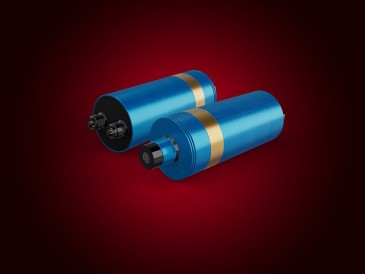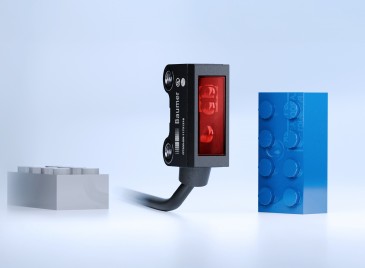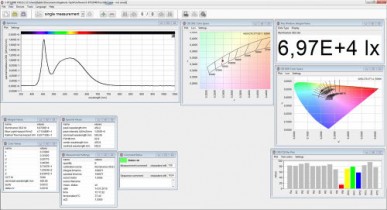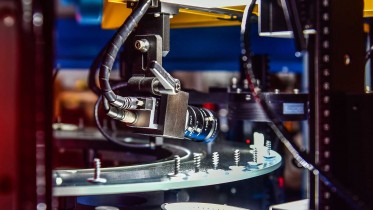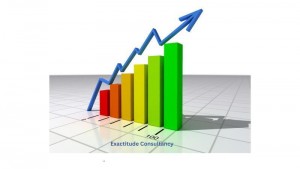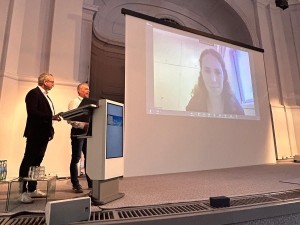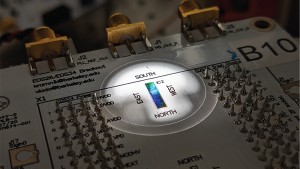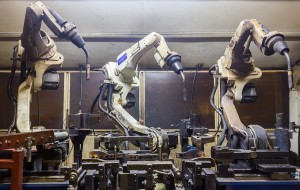
The global robotic sensors market is set to gain traction from the rising adoption of sensor-enabled collaborative robots by the manufacturing companies. They are trying to automate a wide range of operations, such as screw driving, quality inspection, and pick-&-place. This information is given by Fortune Business Insights in a new report, titled, “Robotic Sensors Market Size, Share & COVID-19 Impact Analysis, By Type (Light Sensor, Tactile Sensor, Temperature Sensor, Pressure Sensor, Navigation and Positioning Sensors, Proximity Sensor, Others), By End Use Industry (Aerospace and Defense, Automotive, Chemicals, Consumer Electronics, Energy and Utility, Food and Beverages, Healthcare, Logistics and Transportation, Manufacturing, Agriculture, Others) and Regional Forecast, 2020-2027.” The report further states that the market size was USD 1.64 billion in 2019 and is projected to reach USD 3.44 billion by 2027, exhibiting a CAGR of 9.8% during the forecast period.
COVID-19 to Affect Growth Positively Backed by High Demand from Hospitals
The emergence of the COVID-19 pandemic has surged the demand for collaborative and humanoid robots across the globe, especially from the industrial and healthcare sectors. These robots are proving to be very helpful in hospitals and clinics for providing contact-free services. Hence, several manufacturers are investing hefty amounts of money in research and development activities to introduce novel robotic sensors. We are offering extensive reports to help you better understand the current scenario of the market.
Drivers & Restraints-
Need for Safe & Smooth Operations in Warehouses to Spur Growth
Nowadays, autonomous mobile robots (AMRs) are being increasingly used in multiple warehouses worldwide. They are equipped with innovative software solutions and robotic sensors to better understand the delivery inventory and environment of the warehouses. Some of the most commonly used sensors in these robots are angel sensors, position sensors, and ultrasonic sensors. These robot sensors aid in generating accurate data on navigation direction, 3D orientation, gripper angle, and lift position in order to deliver safe and efficient operations. However, these sensors are not always accurate in capturing data from remote or distant locations. This factor may hinder the robotic sensors market growth in the near future.
Segment-
Proximity Segment to Grow Rapidly Owing to High Usage in Object Detection
Based on type, the proximity sensor segment generated 23.3% in terms of robotic sensors market share in 2019. This segment is anticipated to earn the largest share throughout the forthcoming years backed by their rising usage in the detection of objects present in the sensors’ field, as well as their cost-effectiveness.




































 Back to News
Back to News